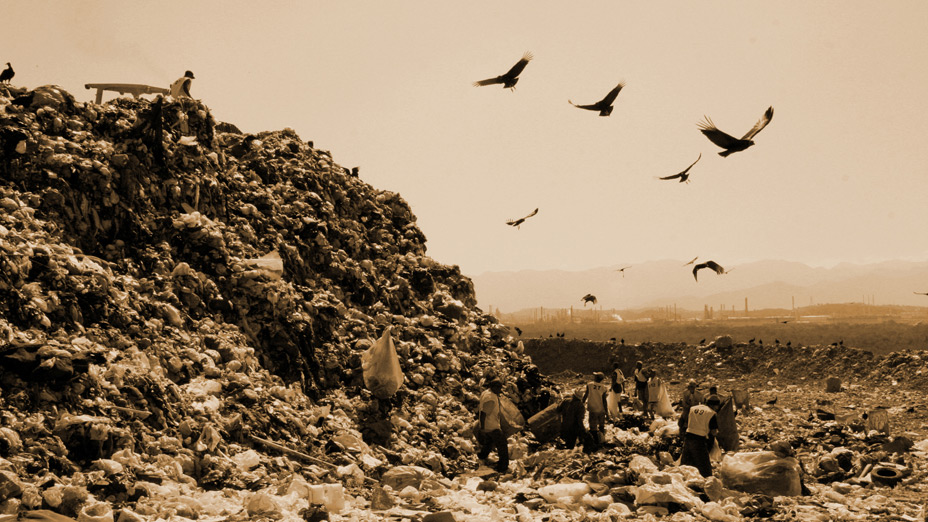I first saw Robert Todd’s Master Plan over five months ago, and I’m still thinking about it. It’s a beautiful documentary of the best kind: one that presents stirring images and thought-provoking juxtapositions, but once stirred and provoked the viewer’s thoughts are allowed to marinate a while. The film shies away from any pat conclusions, seeming much more comfortable presenting a landscape of places, ideas, and lines of inquiry for us to wander and ponder along with Todd, rather than a single “punch line” he wants us to “get”; I was reminded of the line from Zen and the Art of Motorcycle Maintenance, where Pirsig talks about the importance of thinking about “what things are,” and not just “what things mean.”

Indeed, the film had a certain Zen-like quality, both in its attention to small details and quietly “just being” in the places it explores, as well as its non-attachment to a single-purpose narrative. Although described as “a feature length film about housing,” its scope extends far beyond simply looking at physical housing: its subject is homes, habitats, communities, neighborhoods, buildings, landscapes, and the ways people interact in, around, and with them; the bulk of the footage presents a wonderfully rich portrait — or perhaps nonstop pan — of the ways humans live in places. Beyond all this — and the luxuriously decompressed pace takes plenty of time meandering before arriving at this point — the focal point of the film finally settles on a prolonged meditation on the homes and communities of incarcerated individuals, which is apparently a longer-term project for Todd. (An earlier film, In Loving Memory, explored the experiences of prisoners on death row; his next major project will examine ways that former prisoners are re-integrated into their home communities.)


